Labraheeler vs. Saint Pyrenees: Breed Differences and Similarities
Hypoallergenic
Are Labraheelers or Saint Pyreneess hypoallergenic, or neither?
Unfortunately, neither Labraheeler nor Saint Pyrenees are hypoallergenic, which may not make them the best choice for dog lovers who suffer from pet allergies.
Temperament
What are the personalities of Labraheeler and Saint Pyrenees dogs?
Playful
Loving
Energetic
Protective
Alert
Intelligent
Friendly
Responsive
Affectionate
Loyal
Gentle
Going
Social
Aggressive
Cheerful
Independent
Happy
Confident
Friendly
Affectionate
Patient
Gentle
Going
Social
Strong
Willed
Fearless
Quiet
Shedding Level
Do Labraheelers shed more than Saint Pyreneess, or which breed sheds more, Labraheelers or Saint Pyreneess?
Labraheelers are moderate shedders, but regular brushing can reduce shedding and maintain coat health.
Saint Pyreneess are heavy shedders, but regular brushing can help manage shedding and promote a healthy coat.
Watchdog Ability
Which dog breed makes a better watchdog, the Labraheeler or Saint Pyrenees?
Labraheelers are decent watchdogs - they'll alert their owner if something seems amiss.
Saint Pyreneess make excellent watchdogs - they're vocal and protective of their territory.
Ancestry
What are the origins of Labraheeler and Saint Pyrenees breeds?
Australian Cattle Dog and Labrador Retriever
Great Pyrenees, Saint Bernard
Breed recognition
Which kennel clubs recognize/register Labraheeler and Saint Pyrenees?
DRA = Dog Registry of America, Inc.
DBR = Designer Breed Registry
IDCR = International Designer Canine Registry®
DRA = Dog Registry of America, Inc.
IDRA = Dog Registry of America, Inc.
IDCR = International Designer Canine Registry®
Date of Birth
When were Labraheeler and Saint Pyrenees breeds first developed?
Unknown
2000s
Eye Color Possibilites
What are the eye colors of Labraheeler and Saint Pyrenees dogs?
Blue
Hazel
Brown
Brown
Nose Color Possibilites
What are the natural nose colors of Labraheeler and Saint Pyrenees?
Black
Brown
Isabella
Black
Coat Color Possibilites
What are the natural colors of the coat for Labraheeler and Saint Pyrenees breeds?
Black
Blue
Red
White
Cream
Brindle
Brown
Sable
Pied
White
Fawn
Cream
Red
Brown
Gray
Black
Coat Length
What is the typical coat length for Labraheeler and Saint Pyrenees breeds?
Labraheelers have coats that can be either short or medium in length.
Saint Pyreneess have longer coats compared to most dogs.
Coat Density
What is the density of the coat of Labraheeler and Saint Pyrenees?
Coat Texture
What is the hair texture of Labraheeler and Saint Pyrenees?
Straight
Litter Size
What is the usual litter size for Labraheeler and Saint Pyrenees?
A Labraheeler can have a litter of 5-10 puppies on average. However, it's worth noting that the size of the litters can vary greatly. Factors that can influence litter size include the health of the mother, breeding history, and genetics.
A Saint Pyrenees can have a litter of 6-9 puppies on average. However, it's worth noting that the size of the litters can vary greatly. Factors that can influence litter size include the health of the mother, breeding history, and genetics.
Adaptability
The adaptability of Labraheeler and Saint Pyrenees dogs is a well-known trait. They are known for being able to adjust well to different living environments and lifestyle changes.
Health Issues
Between Labraheeler and Saint Pyrenees, which breed is more prone to health problems?
While the Labraheeler breed is generally healthy, occasional vet check-ups are still necessary to address any health concerns.
The Saint Pyrenees breed is generally very healthy, requiring minimal vet visits. Still, it's important to keep an eye on their health and seek veterinary care when needed.
Major Concerns
What are the major health concerns for Labraheeler and Saint Pyrenees breeds?
Patellar Luxation
Progressive Retinal Atrophy
Hip Dysplasia
Arthritis
Gastric Torsion
Hip And Elbow Dysplasia
Gastric Dilation Volvulus (GDV) or Bloat
Congenital Heart Defect (CHD)
Minor Concerns
What minor health issues should be kept in mind when owning Labraheeler and Saint Pyrenees?
Elbow Dysplasia
Cataracts
Entropion
Ectropion
Pyotraumatic Dermatitis
CVI (Wobbler’s Syndrome)
Occasional Tests
What occasional tests are recommended for Labraheeler and Saint Pyrenees breeds?
MRI
CT Scan
Physical Examination
Ultrasound
Radiographs
Urinalysis
Joint Fluid Sample
Complete Blood Profile
Blood Count
Chemical Analysis
Chest X-rays
Complete Ophthalmologic Examination
Electroretinogram (ERG)
Cardiac
Skin Evaluation
Eye examination
Blood And Urine Analysis
Diagnostic Imaging
DNA
Energy
How do the energy levels of Labraheelers and Saint Pyreneess compare?
Labraheelers' high energy levels make them unsuitable for a low-key dog, choose accordingly.
Saint Pyreneess are a good choice for a low-key lifestyle due to their low energy levels.
Social Needs
Labraheeler vs Saint Pyrenees social needs comparison
Labraheeler has above average social needs and thrives with interaction with humans and other dogs.
Saint Pyrenees has very high social needs and requires regular mental and physical stimulation, a job or purpose, and companionship.
Exercise Needed
Labraheeler vs Saint Pyrenees exercise need comparison.
Labraheelers need high physical activity and are ideal for active individuals, but not suitable for sedentary lifestyles or small apartments.
Saint Pyreneess require significant physical activity and suit those with an active lifestyle.
Sleeping Need
Which of the two sleeps the most/least: Labraheeler or Saint Pyrenees?
Labraheelers are active and require sufficient sleep to stay healthy.
Saint Pyreneess have moderate energy levels and typical sleep patterns of 12-14 hours per day.
Tendency to Bark
Do Labraheelers or Saint Pyreneess bark more/less frequently?
Labraheeler dogs are generally less vocal than other breeds and only bark when necessary, such as to alert their owner or communicate.
Saint Pyreneess bark moderately when necessary and may also bark due to certain triggers like fear, alarm, boredom, greeting, separation anxiety and compulsive barking.
Mouthiness
Mouthiness Comparison: Labraheeler vs Saint Pyrenees?
Roaming urge
Labraheeler vs Labrador: Running away tendency?
Prey Drive
Labraheeler or Saint Pyrenees - which breed has a higher level of prey drive?
Past times
What are some enjoyable activities and ways to keep Labraheeler and Saint Pyrenees entertained?
Tug-of-war, Running, Swimming, Chasing, Fetch, Hide & Seek, Walks, Chase, Tag, Run, Swim, Go to Park, Road trip, Jog, Play keep away, Play, Nap, Nose work, Walk, Wrestle, Off-leash, Eating Snacks, Car rides, Sunbathing, Go to Beach, Go on Vacation, Go Camping, Hike, Dog Parks, Walking
Cuddles, Walks, Road trip, Playdate, Cuddling, Dog Parks, Walking, Tug of war, Eating Snacks, Dirt, Snow, Chase, Fetch, Catch treats, Tug-of-war, Frisbee, Walk, Snuggling, Hike, Puzzle Toys, Keep away, Go to Park, Cuddle, Plays, All, Ball chase, Play keep away, Drives
Activity Level
Which breed has higher energy, Labraheelers or Saint Pyreneess?
Labraheelers are high-energy dogs. They need mental as well as physical exercise. These dogs require a lot of your involvement and without it they can, and will, become problematic dogs.
Saint Pyreneess are medium-energy dogs and typically enjoy socializing and playing casual or even sustained games of chase with other dogs. They may also have occasional periods of barking or racing around the house.
Tolerance of being left alone
Walks per Week
How many miles should Labraheeler or Saint Pyrenees walk each week?
There's really no limit to how far you walk your dog as long as they're comfortable. For Labraheeler, it's at least 10 miles / week. Just remember to build distance and stamina gradually over time.
There's really no limit to how far you walk your dog as long as they're comfortable. For Saint Pyrenees, it's at least 15 miles / week. Just remember to build distance and stamina gradually over time.
Activity per Day
Do Labraheelers or Saint Pyreneess require more exercise?
Both Labraheeler and Saint Pyrenees typically require a minimum of 60 minutes of exercise each day. The exercise can be spread throughout the day and may involve high-energy activities like walking, running, and playing.
Grooming
Which breed is easier to maintain in terms of grooming, Labraheelers or Saint Pyreneess?
The Labraheeler is a low-maintenance breed that doesn't require much grooming.
The Saint Pyrenees requires an average amount of grooming compared to other breeds.
Brushing Frequency
What is the recommended brushing frequency for Labraheeler and Saint Pyrenees dogs?
Labraheeler should be brushed at least once a week. Of course you can give them more frequent brushes if you find that they are still shedding a lot
Ideally, Saint Pyrenees should be brushed at least 2 or 3 times a week (preferably daily) improve shedding.
Brushing Tools
What brushing tools are used for Labraheelers and Saint Pyreneess?
Pin Brush
Comb
Nail Clipper
Pin Brush
Comb
Deshedder
Nail Clipper
Cups
How much food should be given to Labraheeler or Saint Pyrenees in cups?
For an average 19-25 pound (9 - 11 kg) Labraheeler feed 2.5 cups daily. But, keep in mind, the amount you feed is going to be dependent on the quality of the food you are feeding.
For an average 130-180 pound (59 - 82 kg) Saint Pyrenees feed 5 cups daily. But, keep in mind, the amount you feed is going to be dependent on the quality of the food you are feeding.
Daily Cost
Which breed has a higher daily cost, Labraheeler or Saint Pyrenees?
The average cost of a Labraheeler is somewhere $1.70 - $2.00 per day.
The average cost of a Saint Pyrenees is somewhere $5.60 - $6.30 per day.
Monthly Cost
Which breed has a higher monthly cost, Labraheeler or Saint Pyrenees?
The average per month expenses of a Labraheeler is between $48 - $63. This makes an average of $576 - $756 per year. It will be on the higher side when the dog is still small because it will need more frequent visits to the vet, shots.
The average per month expenses of a Saint Pyrenees is between $168 - $189. This makes an average of $2016 - $2268 per year. It will be on the higher side when the dog is still small because it will need more frequent visits to the vet, shots.
Intelligence
Comparing Intelligence: Labraheelers vs Saint Pyreneess
Labraheeler is highly intelligent and very trainable.
Saint Pyrenees has below average obedience intelligence, but they excel in understanding human emotions.
Sensitivity Level
How do Labraheeler and Saint Pyrenees compare in sensitivity?
These dog breeds are particularly attuned to its environment and the emotions of those around it. Labraheeler and Saint Pyrenees can be easily overwhelmed by loud noises, new environments, unfamiliar people, or animals. This dog breed is best suited for individuals or families who are patient, gentle, and understanding of its sensitive nature. It may also benefit from a calm and stable home environment, with a consistent routine and plenty of positive reinforcement training.
Affection Dependance
Which is the more affectionate dog breed: Labraheeler vs Saint Pyrenees?
Apartment Friendly
Which breed is more apartment-friendly: Labraheeler or Saint Pyrenees?
Labraheelers can do well in apartments with enough exercise and time outside, but a small yard would be ideal.
Saint Pyreneess are good apartment dogs as long as they get enough exercise and stimulation outside of the apartment.
Child Friendly
Do Labraheelers or Saint Pyreneess have a friendlier temperament towards children?
Labraheelers make excellent family pets for kids due to their gentle, protective nature and calm temperament.
Saint Pyreneess are good with kids if socialized and trained from a young age.
Senior-friendly
Which dog is more suitable as a pet for the elderly - Labraheeler or Saint Pyrenees?
Cat Friendly
Do Labraheeler or Saint Pyrenees breeds have a better compatibility with cats?
Labraheelers are good with cats, but early training is needed to prevent chasing behavior.
Saint Pyreneess are very friendly with cats and make great companions for them.
Dog Friendly
Which breed is more sociable with other dogs: Labraheeler or Saint Pyrenees?
Labraheelers and Saint Pyreneess are friendly, active and loyal companions. They generally love to be around other dogs, making them a good family pet for some.
Pet friendly
How do Labraheeler or Saint Pyrenees dogs interact with other pets?
Stranger Friendly
Which breed is more friendly with strangers: Labraheeler or Saint Pyrenees?
Labraheelers are friendly but may bark at strangers, and training is easy due to their intelligence.
Saint Pyreneess are averagely friendly around strangers but benefit from early socialisation.
Playfulness
Which breed is more playful between Labraheeler and Saint Pyrenees?
Labraheelers are very playful, so adopting an older one might be a better option for a more relaxed experience.
Saint Pyreneess are not known for being a highly playful breed.
Trainability
How do the trainability levels of Labraheelers and Saint Pyreneess compare?
The Labraheeler is highly intelligent and eager to please, making it a great choice for both novice and experienced dog owners due to its easy trainability.
Saint Pyreneess are usually easy to train but require consistency to fully obey commands.
Compare Labraheeler with other breeds
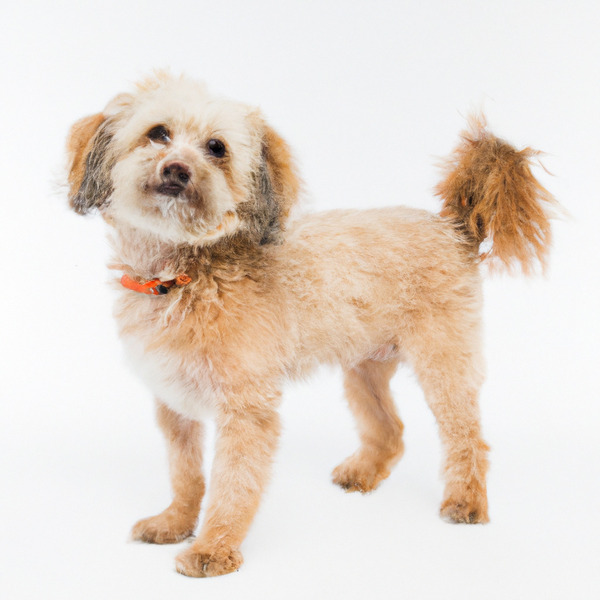
Pomapoo
Labraheeler vs Pomapoo

Double Doodle
Labraheeler vs Double Doodle
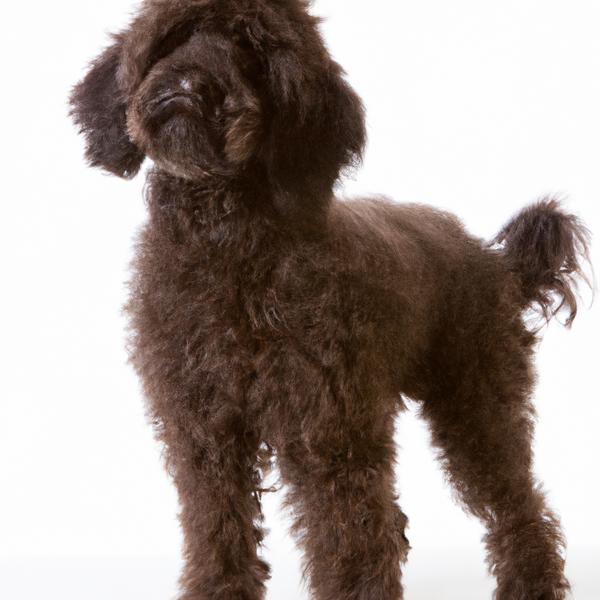
Affenpoo
Labraheeler vs Affenpoo
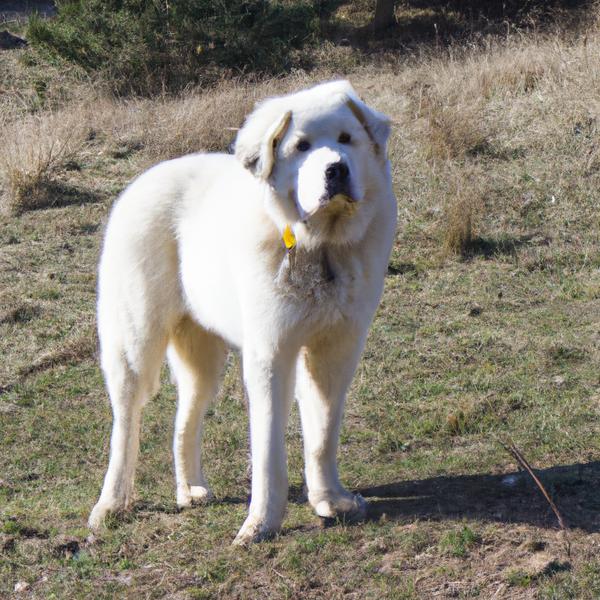
Saint Pyrenees
Labraheeler vs Saint Pyrenees
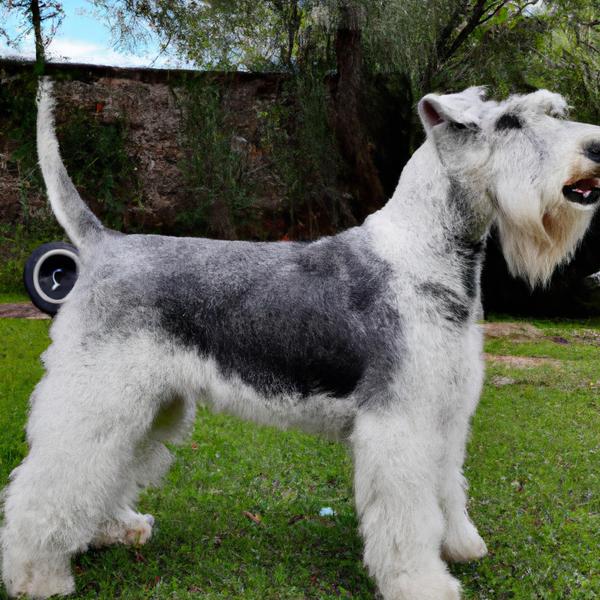
Sealydale Terrier
Labraheeler vs Sealydale Terrier

Bolognese
Labraheeler vs Bolognese

Labrador Retriever
Labraheeler vs Labrador Retriever
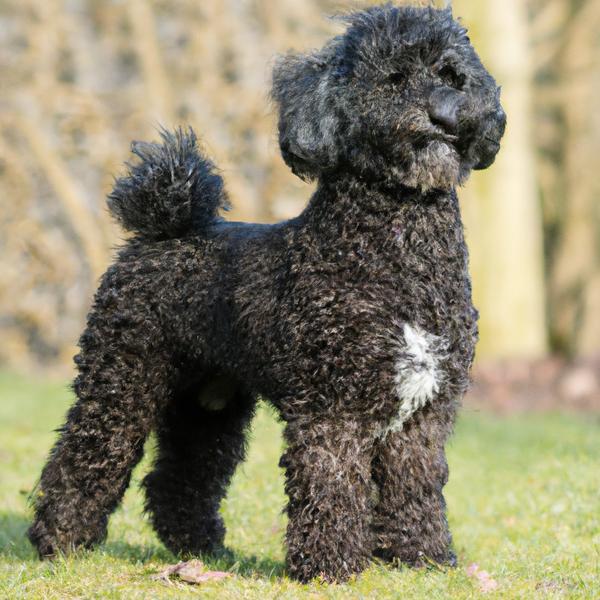
Schipper-Poo
Labraheeler vs Schipper-Poo

Beardoodle
Labraheeler vs Beardoodle
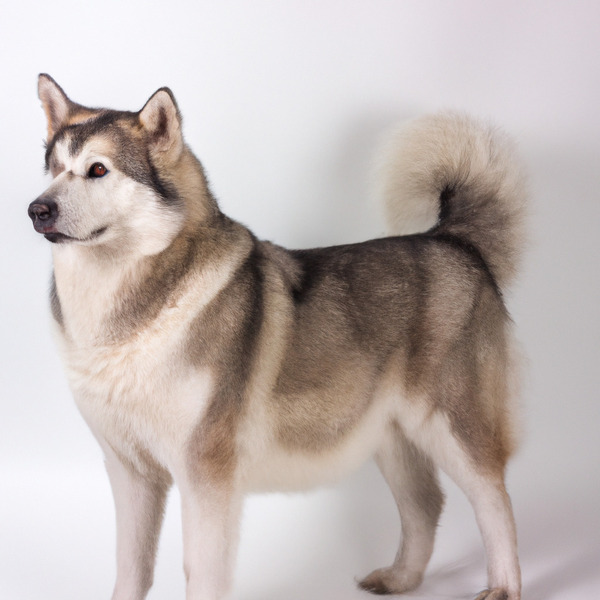
Chusky
Labraheeler vs Chusky
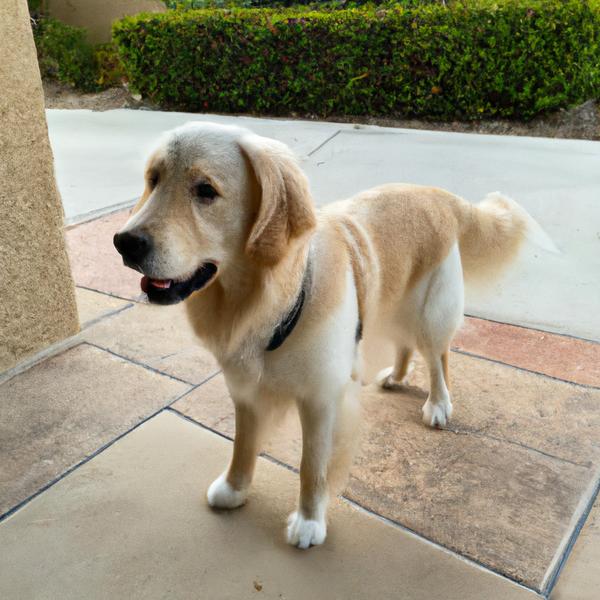
Petite Golden Retriever
Labraheeler vs Petite Golden Retriever

Greybull Pit
Labraheeler vs Greybull Pit
